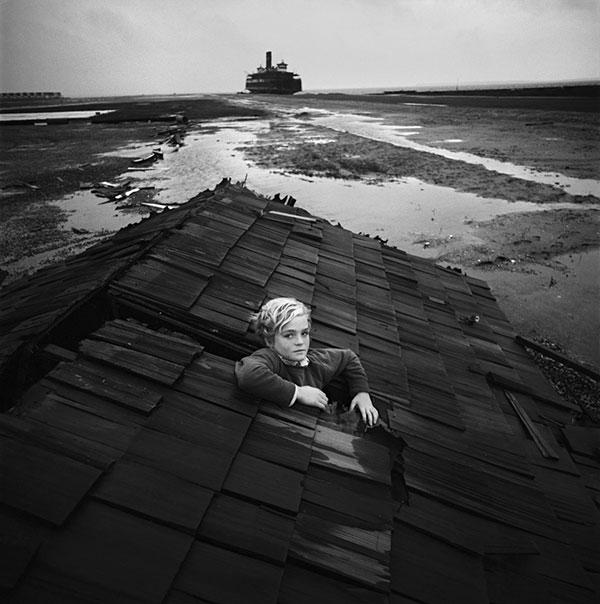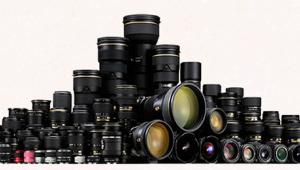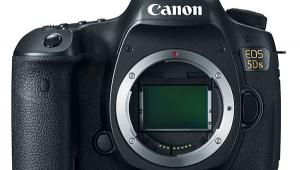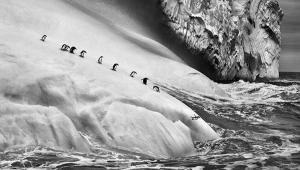Staged Images Aren’t Photojournalism (But They Can Be Great Photography)

If you followed the controversy over the World Press Photo (WPP) awards in March and care anything about the state of photojournalism these days, you might be a little sick to your stomach by now. In the latest debacle involving the WPP contest – and there have been a few in recent years – the organization revoked the first-place prize it had given to Italian photographer Giovanni Trolio for a photo story he had submitted called “The Dark Heart of Europe.”
Soon after the WPP announced it had given its Contemporary Issues award to Trolio, the photographer came under fire from the mayor of Charleroi, which is the Belgian town the photo story was based on. The mayor accused Trolio of staging some of the images to make his town look more bleak and depressed than it really was. An investigation by the WPP followed and the organization decided to yank Trolio’s award when it discovered one of the images in the photo story was actually not shot in Charleroi but in a neighboring town.
Case closed? Likely not. As I mentioned, the WPP contest is no stranger to controversy. In 2013, the WPP’s Photo of the Year winner, a dramatic news image shot by Paul Hansen, was accused of being excessively enhanced with Photoshop.
As a result, the WPP has been much stricter about accepting digitally enhanced images, with the group rejecting 20% of entries in the recent contest because of “too much” photo manipulation. It can be even harder, however, to tell if photojournalism entries have been “staged” or “set up.” Sometimes, it all comes down to the honesty of the photographer entering the contest, or the protestations of irate mayors of Belgian towns to bring these issues to light.
If you want an antidote to these controversies, check out our profile on Josef Koudelka, a widely acknowledged master of photojournalism. The Getty Center in Los Angles just completed a stunning career retrospective of Koudelka’s work, which I had a chance to view during a recent vacation trip.
Koudelka, who covered the Soviet invasion of Prague in 1968 as an “anonymous Czech photographer” whose images had to be smuggled out, is celebrated for his honesty and his artistry in shooting news and documentary subjects. His work is exceptional.
But one of his most famous photos, in which Koudelka positioned a man’s arm with a wristwatch showing the exact time of the Soviet invasion over an empty Prague street, gave me pause when I saw it in person at the Getty show. Could this be considered “staged” photojournalism? Some might argue “yes,” and I’m not sure I’d disagree with them, though the wristwatch image certainly tells a type of truth.
But not all staged photography, of course, is bad photography. In fact, it could be argued that most photos are “staged” in one way or another. Take the work of Arthur Tress, who we also profiled recently. (One of his most famous photos is featured at the top of this story.)
Tress is a pioneering visual storyteller, whose most famous book of photos, “The Dream Collector,” consists of images he set up to mimic the dreams and nightmares told to him by children. It’s an astounding work of visual poetry; call it a “photojournalism of the mind.” And when you consider that Tress shot these images with just a Hassleblad camera, two lenses, and absolutely no Photoshop manipulation, somebody really ought to give him an award!














































